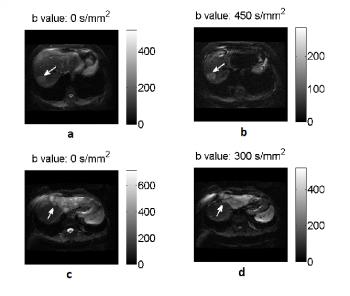Our lab develops multiple computational medical imaging solutions and we strongly support dissemination of the resultant software and data. For commercial applications however, we ask that you contact the lab PI. The following software are available:
- A Bayesian approach to tissue-fraction estimation for oncological PET segmentation
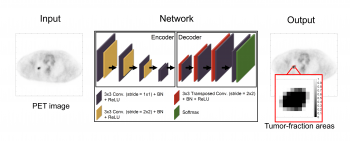
- A fully automated modular framework for PET segmentation
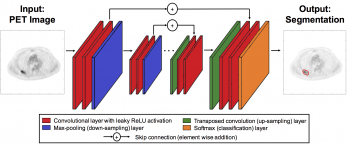
- Simulating response of Silicon photomultipliers for SPECT and PET systems
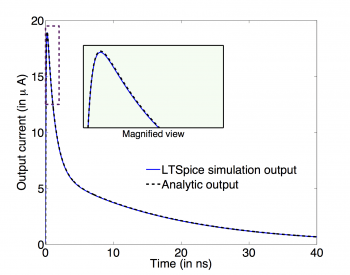
- Image reconstruction in fluorescence molecular tomography
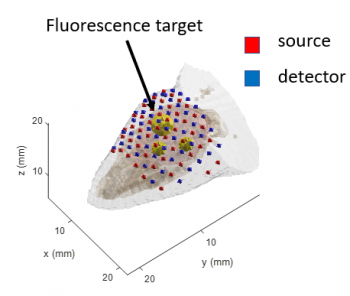
- Computational methods for diffuse optical imaging
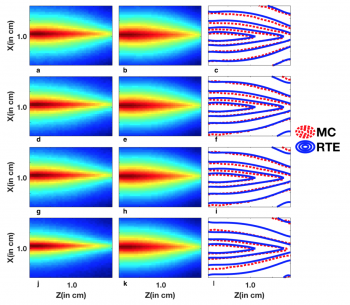
- Segmentation and apparent diffusion coefficient quantification from diffusion MR images
